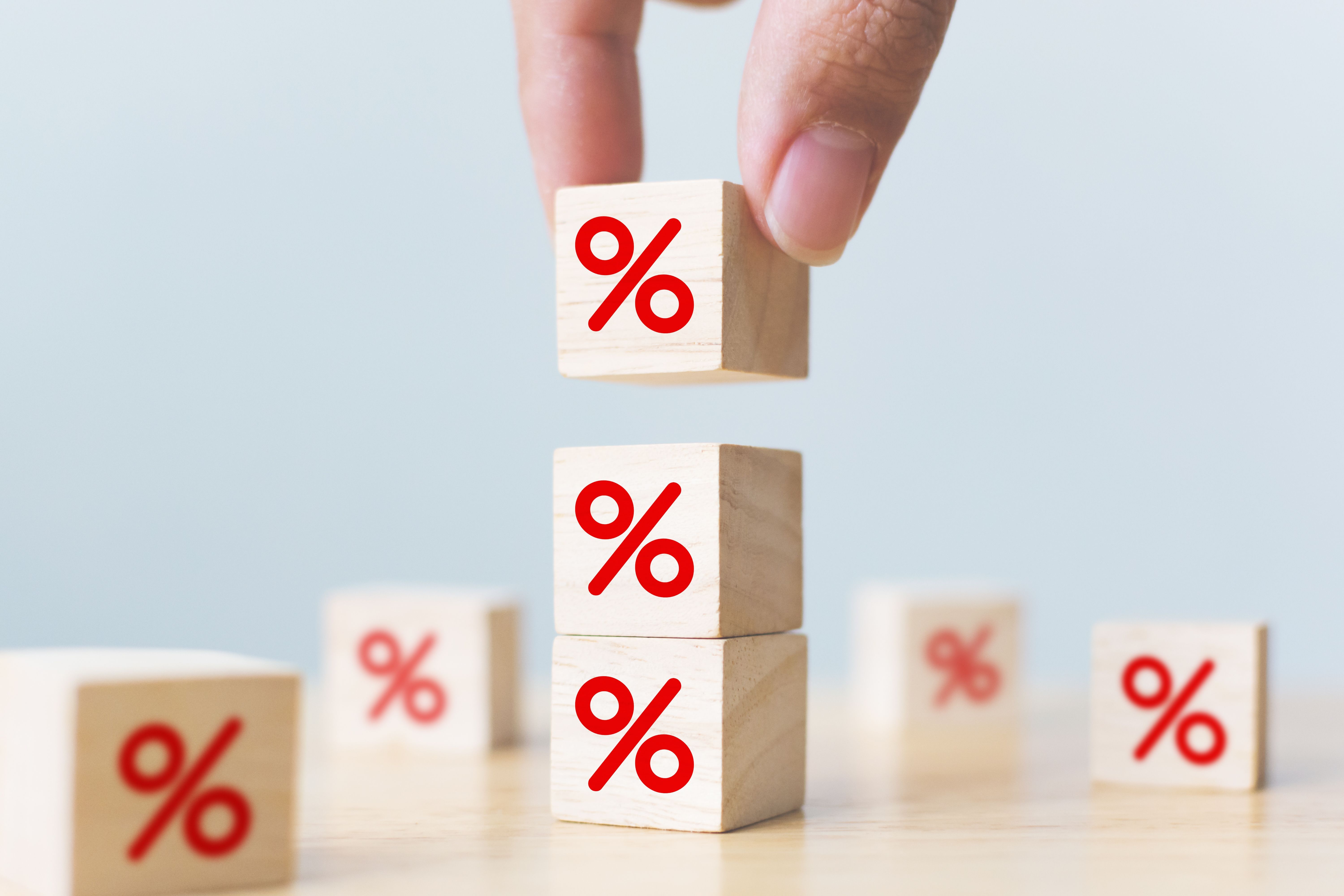October ends and private analysts begin to sharpen their pencil regarding their inflation measurements already do your forecasts regarding what new developments the Government will implement in terms of monetary policy. The main question that investors and economists ask is What will the Central Bank do with the fixed term rate in November.
For Sebastian Menescaldieconomist and director of EcoGo“Inflation is likely to have fallen in October“, but warns that, after the Consumer Price Index (CPI) data is known, the ballot comes and does not rule out that the demand for money is unstable as a consequence of that, which warns that it is likely to impact prices .
For him economist from the University of Avellaneda Pablo Ferrarithere are also “indications that the level of inflation could have decreased in October,” although it points out that the real data would only be known on November 13, a few days before the runoffand we will have to wait for that moment to see What does the BCRA finally define in this regard?.
In fact, the economist Christian Butler remember that “the last time the BCRA raised the rate, which was on October 12, it did so quite reluctantly and only defined it after the inflation data for September was known and within the framework of an exchange rate run.” .
That day, the board of directors of the Central Bank (BCRA) decided to strongly increase the interest rate (reference) of the fixed term and the Liquidity Letters (Leliq) at 133% (which is equivalent to an effective annual return, the TEA, of 253%)from the previous 118% annual rate, after the INDEC released September inflation, which was 12.7% (which slightly exceeded the 12.4% in August).
Fixed term: will the BCRA raise the rate?
Thus, he anticipates that he does not expect any news this time before the October CPI data is known. But he clarifies that it is likely that he will not raise it again in November. And it mentions that the Treasury, in its high frequency indices, indicates that inflation is slowing down. “Of course, later we will have to see carefully what the final data is. But, at least for the first fortnight of the month, I see no changes in the rate,” he predicts.
Consider that Most likely, it will not change it throughout the month if the inflation data does not warrant it.. The same is expected by analyst Elena Alonso, who He hopes that, “until after the elections, there will be no news on exchange rate policy or rates from the BCRA.”” unless there is a very abrupt market movement, especially in dollars.
And, as mentioned by economist at Anker consulting firm Martín Vauthier“until now, the BCRA has been raising the rate every time it needed to stop the pressure on financial exchange rates,” not because of inflation.}
investments-finance-savings-fixed-term
Several elements determine the monetary policy of the BCRA.
Depositphotos
Financial dollars: key variable
He believes that, “today, the rate has no chance of curbing inflation or moderating price expectations”. In fact, according to his vision, raising it deteriorates the BCRA’s balance sheet and increases the cost of liabilities, which is detrimental in terms of future inflation.
In this context, he points out that, for the moment, from Anker “we do not see new rate increases“Although, we do not rule out that, if there is greater pressure on financial dollars, it could move in that direction.”
Thus, surely, we will have to take into account what happens with the dynamics of financial dollars to see what will happen with the fixed-term rate, since he points out that “rate dynamics look much more at that than inflation.”
The runoff: pivotal moment for monetary policy
But Things could take a turn after November 19, according to Ferrari, who anticipates that, “after the runoff, the scenario will change.” and measures will be taken thinking about a longer process and not about permanent micro-junctures.”
Everything seems to indicate that what the BCRA decides in terms of rates will depend a lot on the inflation data for October, which will be known in the middle of next month, although what happens with parallel dollars will also be key to defining the move.
If there is a scenario in which inflation does not exceed (or at least does not do so by a large margin) the CPI for the tenth month of the year and in which there is no pre-electoral exchange rate run that requires urgent measures, the rate adjustment The fixed term could only arrive after the results of the elections. But that will only be seen after November 19.
Source: Ambito
I am a 24-year-old writer and journalist who has been working in the news industry for the past two years. I write primarily about market news, so if you’re looking for insights into what’s going on in the stock market or economic indicators, you’ve come to the right place. I also dabble in writing articles on lifestyle trends and pop culture news.




